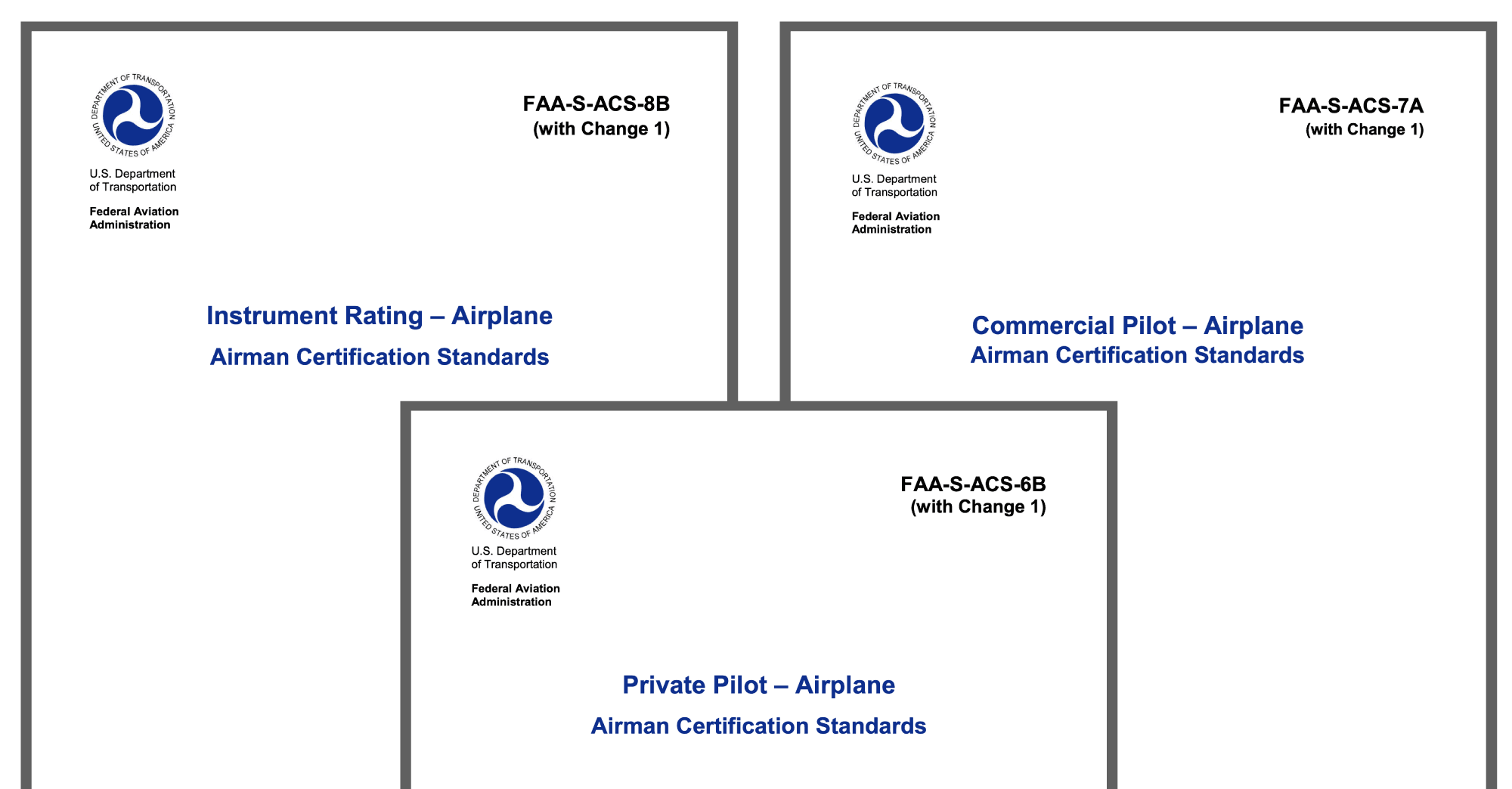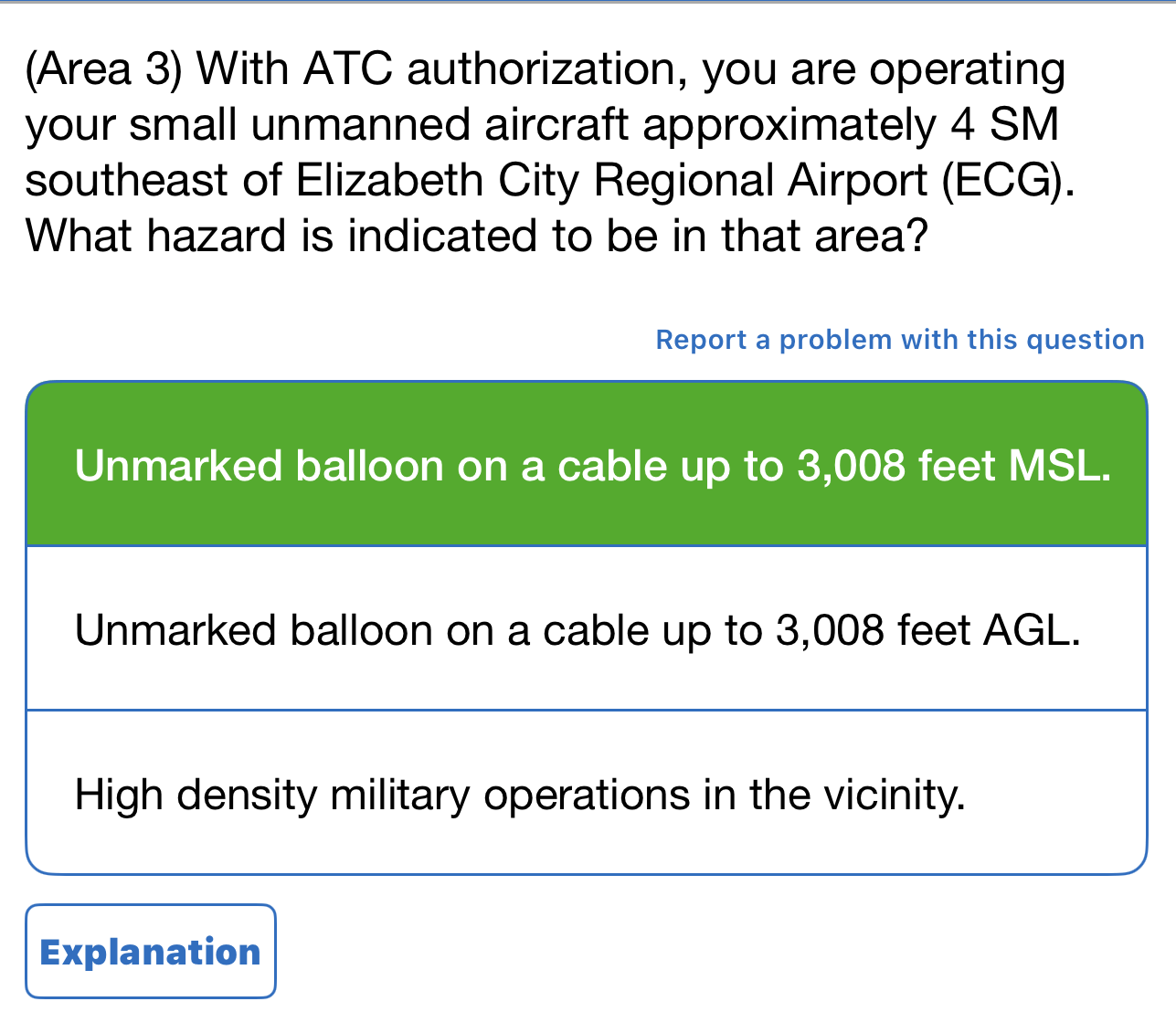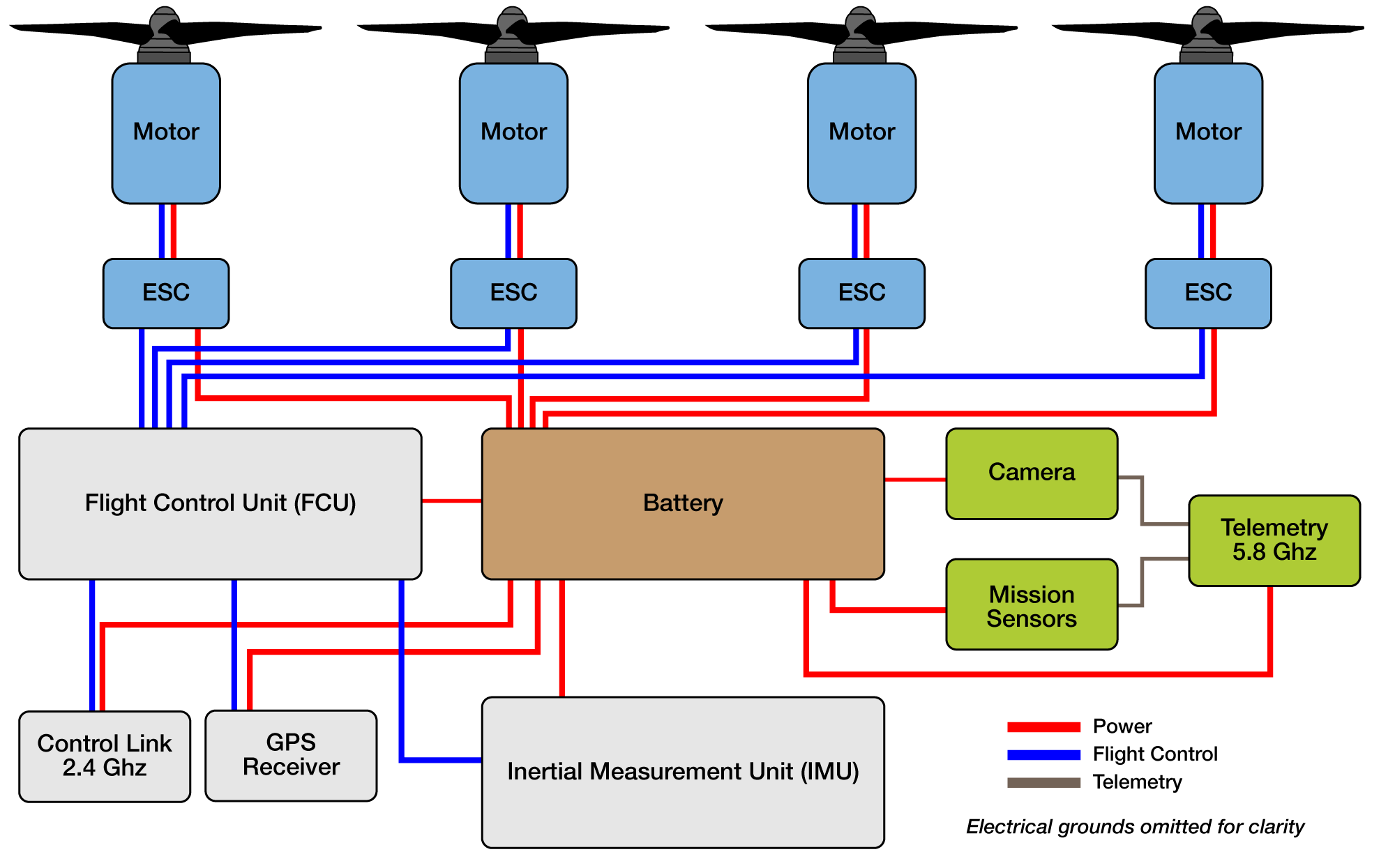
Strategies for Success on the FAA Knowledge Test
Learn the material.
This seems self-evident, yet many students approach the exam with the mindset that the questions and answers found in test prep books can be memorized. This is a bad idea for several reasons.
First, knowledge of the subject matter is necessary to safely operate an aircraft in accordance with the Federal Aviation Regulations.
Second, rote memorization of written exam questions is not sufficient to pass an oral exam given by an FAA Designated Examiner. Oral questions typically require the student to analyze a set of facts and correlate knowledge from multiple subject areas.
Finally, the FAA has undertaken a top to bottom rewrite of the entire question bank with the goal of discouraging rote memorization. Among the changes are an increase of the question bank to tens of thousands of questions (making it impossible to memorize each one), and relying more on scenario-based questions.
If you know the material, you will be able to answer any question correctly.
Beware of units.
The answer choices “1 SM” and “1 NM” are not the same.
Choose the most correct answer even if it is not perfect.
You may come across a question that doesn't appear to have a 100% correct answer. This usually occurs with questions that rely on the use of charts, tables, or formulas to determine a value. There are a number of reasons why none of the answer choices are exact, including rounding mistakes and scaling issues on charts and figures. Pick the closest answer.
Sometimes the question may be ambiguous and contain information that is not 100% correct, however, there is still only one correct answer. Take for example the following question from the FAA's Remote Pilot question bank:
(Area 4) You have been hired to inspect the tower under construction at 46.9N and 98.6W, near Jamestown Regional (JMS). What must you receive prior to flying your unmanned aircraft in this area?
A) Authorization from ATC.
B) Authorization from the military.
C) Authorization from the National Park Service.

Note that there is no tower at exactly 46.9N and 98.6W, however, there is only one tower with the notation "UC" (under construction), and it is the closest tower to those coordinates. Even if there were multiple towers under construction in the area, authorization from the Park Service is never required to operate a drone (nonsense answer), and there is no airspace anywhere near the airport that is under military control (e.g., Restricted Airspace). The fact that the tower is not exactly located where the FAA states in the question is not relevant to answering the question.
Rule out answer choices that cannot possibly be correct.
A time-saving strategy is to weed out nonsense answers. Take this FAA question for example:
If an airplane weighs 3,300 pounds, what approximate weight would the airplane structure be required to support during a 30° banked turn while maintaining altitude?
A) 1,200 pounds
B) 3,960 pounds
C) 3,100 pounds
The FAA provides a figure for this question, but this question does not require use of the figure or any math at all. The airplane weighs 3,300 pounds and is in a level banked turn. Any answer choice less than 3,300 lbs is wrong because load increases in any level turn.
Focus on the weakest areas, and don't waste time on strongest areas.
The following are the most frequently-missed question topics on the FAA Private Pilot Knowledge Test based on over 5 million questions answered to date by FlightReady students:
- Aircraft Performance (49% of questions answered incorrectly!)
- Cross-Country Flight Planning
- Ground-Based Navigation
- Weight & Balance
- Instrument Procedures
The following are topics for questions that are most-often answered correctly:
- Night Operations (95% of questions answered correctly)
- Runways and Taxiways
- Aircraft Documents
- Airport Signs
- Land and Hold Short Operations
FlightReady identifies your specific weak and strong areas by tracking each and every question response, and identifying trends by topic area. The trends are represented in graphical form in the mastery bars in the Prepare module, and can be used to create custom study sessions that focus on weak areas.
The following are the most frequently-missed drone questions on the FAA Remote Pilot Knowledge Test:
- Airspace (72% of questions answered incorrectly)
- Weather
- Drone Operation Near Airports
- Hazardous Weather
- Loading and Performance
The following are topics for questions that are most-often answered correctly:
- Fitness for Flight (96% of questions answered correctly)
- Airworthiness
- Remote Pilot Certification
- Drone Flight Rules
- Aeronautical Decision Making
FlightReady identifies your specific weak and strong areas by tracking each and every question response, and identifying trends by topic area. The trends are represented in graphical form in the mastery bars in the Prepare module, and can be used to create custom study sessions that focus on weak areas.
Familiarize yourself with the FAA figures.
The majority of the FAA figures are decades old and of poor quality. In some cases, the FAA has changed questions to reflect chart changes (e.g., the airport identifier), but never changed the figure of the chart. Another common problem is poor color reproduction, making it impossible to distinguish Class D and Class E surface areas for example.
The best way around this is to become familiar with the charts by taking practice exams. When the airspace colors don’t make sense, look for other clues such as the notation "Class E sfc.", which confirms it is Class E not Class D.
Pace yourself and practice under timed conditions.
The FAA does not give bonus points for finishing under a certain time. But rushing through the exam may result in missed questions due to carelesness (e.g., picking "1 SM" instead of "1 NM").
A good plan of action is to spend 75% of the allotted time answering questions that you are 100% sure of the answer, and then use the remaining 25% of the time "filling in the gaps" On a two hour exam consisting of 60 questions, this means spending no more than 1.5 minutes per question. That leaves 30 minutes to address the 4-5 questions you struggled with.
Use legends to your advantage.
During the exam you will be provided with an official FAA Knowledge Test Supplement, a book containing all figures used in the exam. The supplement also includes aeronautical chart legends. The FAA will not tell you which legends are relevant to a question (because that would give away the answer), but you may use the legends to identify colors and symbols.
Like the FAA exam, our questions do not identify the legend relevant to a question, however, the entire supplement may be downloaded from the Library section of this website.


